Boston Children's Museum
308 Congress Street, Boston, MA 02210
617-426-6500
© Boston Children’s Museum 2025
Website Design by Jackrabbit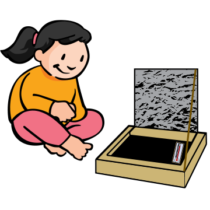
Most of the energy we consume comes, in some form or another, from the Sun, and the Sunlight we experience here on Earth contains a surprisingly large amount of energy. But children might not realize it based on the calm, pleasing warmth the Sun’s rays impart. In this activity students investigate just how much the energy found in Sunlight can do, if properly harnessed.
VIEW ACTIVITY
Engineering activities give kids a chance to develop problem solving and observation skills, to work with interesting and engaging tools and materials, and to learn how to work as a member of a team. In this activity, children get a chance to do all that—and to launch their creations into the air! This is a simple, but very fun way to connect children to the science and engineering that NASA aerospace engineers, rockets scientists, and others use when they design and create the huge rockets that we send into space.
VIEW ACTIVITY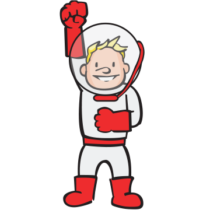
Design challenges are a great way for kids to develop a range of skills, like problem solving, communicating, observing, comparing, measuring, estimating, and lots more. This challenge, which is best for your older students, also asks children to examine properties of materials, practice engineering design, and learn about the properties of planets in our solar system.
VIEW ACTIVITY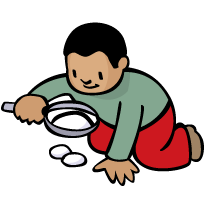
Spring is a time of rebirth and renewal—and eggs! Many animals lay and incubate eggs in the spring, and in some cultures spring is a time in which kids paint, hide and eat lots of eggs. This makes it a great time to not only take a close look at eggs, but also to experiment with some of the things we can do with them. This activity is the first in the Incredible Egg series of activities, which are designed to be done during the Spring—start your students off with this and other “egg science” activities, then move on to egg art, and finally take the Egg Drop Challenge!
VIEW ACTIVITY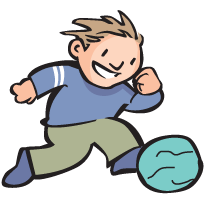
Kids in African countries like South Africa play soccer with the same kinds of soccer balls that children all around the world do. But sometimes leather soccer balls are hard to come by, so some children have to improvise and make their own out of whatever they can find. This activity highlights how inventive and industrious children can be when they may not have all the resources they need.
VIEW ACTIVITY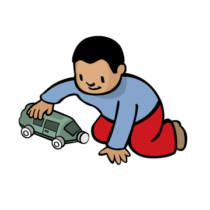
Kids in African countries such as Ethiopia, Malawi and Kenya love to play with toys that they buy in stores or receive as gifts…just like the children in your afterschool program. In many countries across Africa, some children might not have a toy that they would like…so they improvise and make their own out of whatever they can find. This activity, called “Mekena” in Ethiopia and “Galimoto” in Malawi and Kenya highlights how inventive and industrious children can be when they put their minds to it.
VIEW ACTIVITY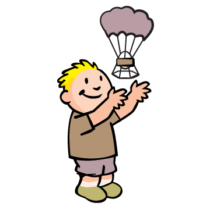
Engineering activities give kids a chance to develop problem solving and observations skills, to work with interesting and engaging tools and materials, and to learn how to work as a member of a team. In this activity, your students will get to do all of that as they are challenged to protect an egg from breaking after it is dropped from a set height. This activity is part of the Incredible Egg series of activities, which are designed to be done during the Spring.
VIEW ACTIVITY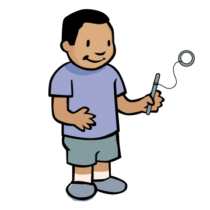
This activity introduces students to a Native American game called “Ring and Pin”. Almost every Native nation across North America has a version of Ring and Pin that children traditionally played, and sometimes still play. Some of the games have different names, and most of them use different materials. But what they have in common is that every Ring and Pin game is played basically the same way, and all of the games are designed to help children develop eye-hand coordination (and have fun!).
VIEW ACTIVITY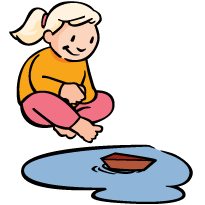
Designing and building small boats out of clay gives children a chance to practice critical observation skills, problem solving skills and communication skills as they work with their teammates. In addition, children are asked to manipulate an intrinsically interesting material that at first seems not quite right for the job—until they explore a little more and discover the possibilities.
VIEW ACTIVITY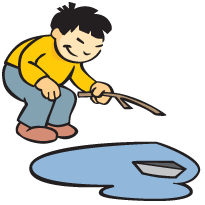
Even very young children can fold a sheet of aluminum foil into a shape that will float. Adapting the boat for improved performance requires a little more dexterity and an ability to observe and make conclusions about the materials and their functions. In addition measurement, record keeping and problem solving skills are all required in this simple activity.
VIEW ACTIVITY